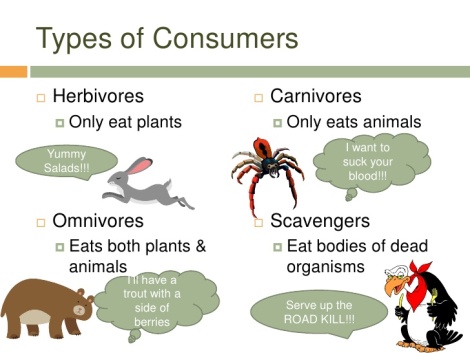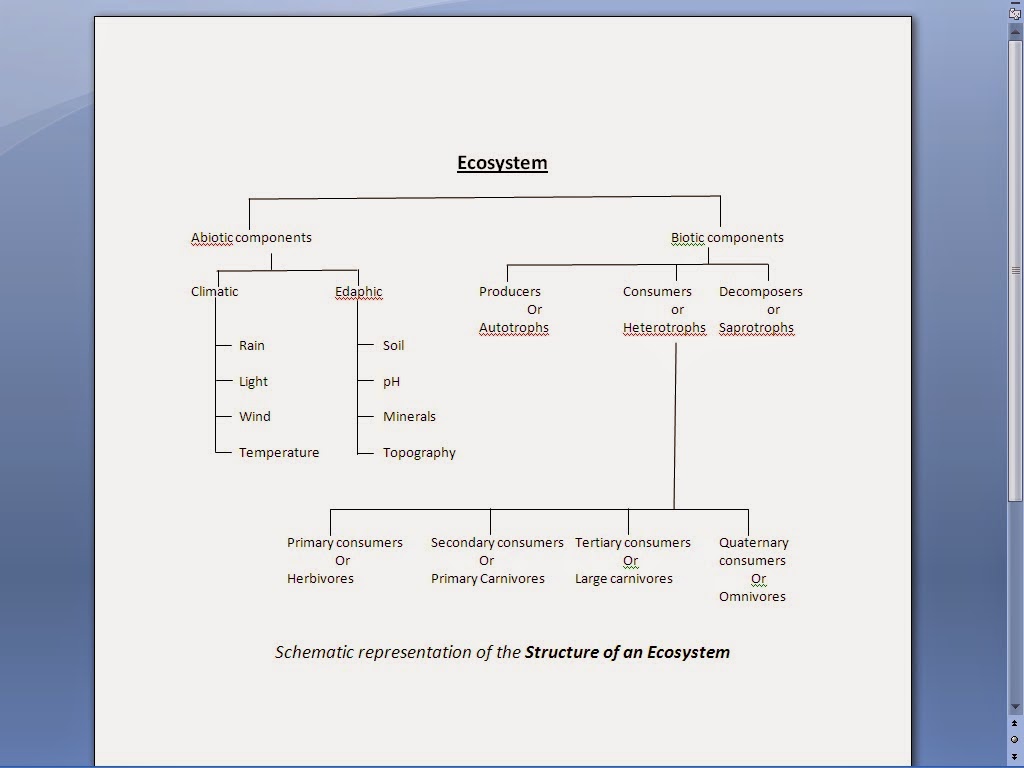number of things and services provided by the nature, which are known as Natural Resources. Therefore water, air, soil, minerals, coal, forests, crops and wild life are all examples of natural resources.
Forest is important renewable resources. Forest contribute substantially to the economic development of any country. Plants along with trees cover large areas, produce variety of products and provide food for living organisms. In addition, they are essential to save
the environment.
Forest provide prosperity to human beings and to the nation. A few Important uses of forests are listed
- Commercial values
- Ecological significance
- Aesthetic values
- Life and economy of tribes
- wood, timber, pulpwood etc.
- Forest can provide food , fibre, edible oils and drugs.
- Forest lands are also used for agriculture and grazing.
- Forest is important source of development of dams, recreation and mining.
- Forest provide food, medicine and other products needed for tribal people and play a vital role in the life and economy of tribes living in the forest.
- Forests are habitat to all wild animals, plants and support millions of species.
- They help in reducing global warming caused by green house gases and produces oxygen upon photosynthesis.
- Forest can act as pollution purifier by absorbing toxic gases.
- Forest not only helps in soil conservation but also helps to regulate the hydrological cycle.
- All over the world people appreciate the beauty and tranquillity of the forest because forests have a greatest aesthetic value.
- Forest provides opportunity for recreation and ecosystem research.
- Forests contribute substantially to the national economy.
- With increasing population increased demand of fuel wood, expansion of area under urban development and industries has lead to over exploitation of forest .
- At present international level we are losing forest at the rate of 1.7 crore hectares annually.
- Overexploitation also occurs due to overgrazing and conversion of forest to pastures for domestic use.
- Forest are burned or cut for clearing of land for agriculture ,harvesting for wood and timber , development and expansion of cities .
- These economic gains are short term whereas long term effects of deforestation are irreversible
- Deforestation rate is relatively low in temperate countries than in tropics
- If present rate of deforestation continues we may losses 90% tropical forest in coming six decades
- For ecological balance 33% area should be under forest cover but our nation has only 20.6% forest cover.
- Shifting cultivation or "jhum" cultivation
- This practice is prevalent in tribal areas where forest lands are cleared to grow subsistence crops.
- It is estimated that principal cause of deforestation in tropics in Africa, Asia and tropical America is estimated to be 70, 50, and 35% respectively.
- Shifting cultivation which is a practice of slash and burn agriculture are posses to clear more than 5 lakh hectares of land annually.
- In India, shifting cultivation is prevalent in northeast and to limited extent in M.P, Bihar and Andhra Pradesh and is contributing significantly to deforestation.
- It is a important deforestation agent. It may not be the primary cause but definitely it acts as secondary cause, because new logging lots permits shifting cultivation and fuel wood gatherers access to new logged areas.
- Need for fuel wood due to Increased population which has lead to increasing demand for fuel wood which is also acting as an important deforestation agent, particularly in dry forest.
- Expansion for agribusiness leads to the addition of cash crops such as oil palm, rubber, fruits and ornamental plants which in-turn leads to an expansion in the area for agribusiness products which results in deforestation.
- The growing demand for electricity, irrigation, construction, mining, etc. has lead to destruction of forests.
- Increased population needs more food which has compelled to increase the area under agriculture crops compelling deforestation.
- Forest provides raw material for industry and it has exerted tremendous pressure on forests.
- Increasing demand for plywood has exerted pressure on cutting of other species of trees such as fir to be used as packing material for apple in J&K and tea in northeast states.
Deforestation adversely affects and damages the environment and living beings
- Soil erosion and loss of soil fertility
- Decrease of rain fall due to affect of hydrological cycle
- Expansion of deserts
- Climate change and depletion of water table
- Loss of biodiversity ,flora and fauna
- Environmental changes and disturbance in forest ecosystems
- Jhum Agriculture or shifting agriculture has destroyed large number of hectare of forest tracts in North-Eastern states and Orissa.
- Jhum agriculture is subsidence agriculture in which tract of forest land is cleared by cutting trees and it is used for cultivation. After few years, when productivity of the land decreases, cultivators abandon the land and clear next tract.
- As a result of this practise, combined with increasing population there is rapid deforestation as more and more cultivators clear forest to cultivate land.
- Due to increase in population there is cultivators are forced to return to previous tracts of land in relatively shorter duration, thereby the land is not allowed to regain its productivity.
The Chipko movement or Chipko Andolan is a social-ecological movement that practised the Gandhian methods of satyagraha and non-violent resistance, through the act of hugging trees to protect them from being felled. The modern Chipko movement started in the early 1970s in the Garhwal Himalayas of Uttarakhand,with growing awareness towards rapid
deforestation. The landmark event in this struggle took place on March 26, 1974, when a group of peasant women in Reni village, Hemwalghati, in Chamoli district, Uttarakhand,
India, acted to prevent the cutting of trees and reclaim their traditional forest rights that were threatened by the contractor system of the state Forest Department. Their
actions inspired hundreds of such actions at the grassroots level throughout the region. By the 1980s the movement had spread throughout India and led to formulation of people-
sensitive forest policies, which put a stop to the open felling of trees in regions as far reaching as Vindhyas and the Western Ghats.
There has been unlimited exploitation of timber for commercial use. Due to increased industrial demand; timber extraction has significant effect on forest and tribal people.
Poor Logging
Poor logging results in degraded forest and may lead to soil erosion especially on slopes.
New logging roads permit shifting cultivators and fuel wood gatherers to gain access to the logging area.
Loss of long term forest productivity
Species of plants and animals may be eliminated due to unlawful or unscientific logging techniques
Exploitation of tribal people by contractor.
Major effects of mining operations on forest and tribal
Effects of mining are listed hereunder:
- Mining from shallow deposits is done by surface mining while that from deep deposits is done by sub-surface mining.
- Mining leads to degradation of lands and loss of top soil.
- Almost eighty thousands hectare land is under stress of mining activities in India
- Mining leads to drying up perennial sources of water sources like spring and streams in mountainous area.
- Mining and other associated activities remove vegetation along with underlying soil mantle, which results in destruction of topography and landscape in the area.
- Large scale deforestation has been reported in Mussorie and Dehradun valley due to indiscriminating mining.
- The forested area has declined at an average rate of 33% and the increase in non-forest area due to mining activities has resulted in relatively unstable zones leading to landslides.
- Indiscriminate mining in forests of Goa since 1961 has destroyed more than 50000 ha of forest land.
- Coal mining in Jharia, Raniganj and Singrauli areas has caused extensive deforestation in Jharkhand.
- Mining of magnetite and soapstone have destroyed 14 ha of forest in hilly slopes of Khirakot, Kosi valley and Almora.
- Mining of radioactive minerals in Kerala, Tamilnadu and Karnataka are posing similar threats of deforestation.
- The rich forests of Western Ghats are also facing the same threat due to mining projects for excavation of copper, chromites, bauxite and magnetite.












